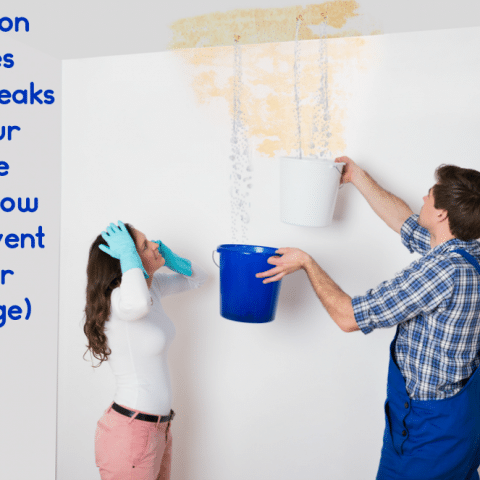Just how to Examine If Your Residence Has a Surprise Leakage
Just how to Examine If Your Residence Has a Surprise Leakage
Blog Article
We have uncovered the article pertaining to Finding hidden leaks directly below on the web and decided it made good sense to write about it with you on this page.

Early detection of leaking water lines can mitigate a potential disaster. Some little water leakages might not be visible.
1. Analyze the Water Meter
Every house has a water meter. Inspecting it is a surefire manner in which aids you find leaks. For starters, shut off all the water sources. Make certain no person will flush, make use of the tap, shower, run the cleaning equipment or dish washer. From there, most likely to the meter and also watch if it will alter. Since nobody is using it, there should be no movements. If it moves, that suggests a fast-moving leakage. If you spot no modifications, wait an hour or 2 and also examine back once again. This implies you may have a sluggish leakage that could also be underground.
2. Check Water Consumption
Analyze your water expenses and track your water consumption. As the one paying it, you must see if there are any kind of discrepancies. If you detect sudden changes, despite your consumption being the same, it means that you have leakages in your plumbing system. Remember, your water bill should drop under the very same array on a monthly basis. An unexpected spike in your bill indicates a fast-moving leakage.
A stable increase every month, also with the exact same routines, shows you have a sluggish leak that's also gradually intensifying. Call a plumber to extensively examine your building, particularly if you feel a cozy area on your floor with piping below.
3. Do a Food Coloring Examination
When it pertains to water consumption, 30% originates from commodes. Examination to see if they are running correctly. Decline flecks of food color in the storage tank and also wait 10 minutes. If the color somehow infiltrates your bowl throughout that time without flushing, there's a leak in between the tank as well as dish.
4. Asses Outside Lines
Do not forget to check your outside water lines as well. Examination faucets by affixing a yard tube. Should water seep out of the connection, you have a loose rubber gasket. Replace this and ensure all connections are tight. It will help get it professionally examined and also kept each year if you have actually got a sprinkler system. One tiny leak can waste tons of water and also increase your water costs.
5. Examine the circumstance as well as examine
Homeowners need to make it a routine to inspect under the sink counters and also also inside cupboards for any kind of bad odor or mold growth. These 2 red flags indicate a leakage so punctual attention is needed. Doing routine examinations, even bi-annually, can save you from a major trouble.
Examine for stainings and also weakening as most appliances and pipelines have a life expectations. If you suspect leaking water lines in your plumbing system, don't wait for it to intensify.
Early discovery of leaking water lines can minimize a possible catastrophe. Some tiny water leakages may not be noticeable. Examining it is a proven means that aids you find leaks. One small leakage can squander tons of water and spike your water costs.
If you think dripping water lines in your plumbing system, do not wait for it to intensify.
WARNING SIGNS OF WATER LEAKAGE BEHIND THE WALL
PERSISTENT MUSTY ODORS
As water slowly drips from a leaky pipe inside the wall, flooring and sheetrock stay damp and develop an odor similar to wet cardboard. It generates a musty smell that can help you find hidden leaks.
MOLD IN UNUSUAL AREAS
Mold usually grows in wet areas like kitchens, baths and laundry rooms. If you spot the stuff on walls or baseboards in other rooms of the house, it’s a good indicator of undetected water leaks.
STAINS THAT GROW
When mold thrives around a leaky pipe, it sometimes takes hold on the inside surface of the affected wall. A growing stain on otherwise clean sheetrock is often your sign of a hidden plumbing problem.
PEELING OR BUBBLING WALLPAPER / PAINT
This clue is easy to miss in rooms that don’t get much use. When you see wallpaper separating along seams or paint bubbling or flaking off the wall, blame sheetrock that stays wet because of an undetected leak.
BUCKLED CEILINGS AND STAINED FLOORS
If ceilings or floors in bathrooms, kitchens or laundry areas develop structural problems, don’t rule out constant damp inside the walls. Wet sheetrock can affect adjacent framing, flooring and ceilings.
https://www.servicemasterbyzaba.com/blog/how-to-detect-water-leakage-in-walls/

I am very fascinated by Leaking water lines and I'm hoping you liked our blog posting. Those who enjoyed reading our blog entry if you please make sure you remember to share it. I am grateful for your time. Please visit our website back soon.
Report this page